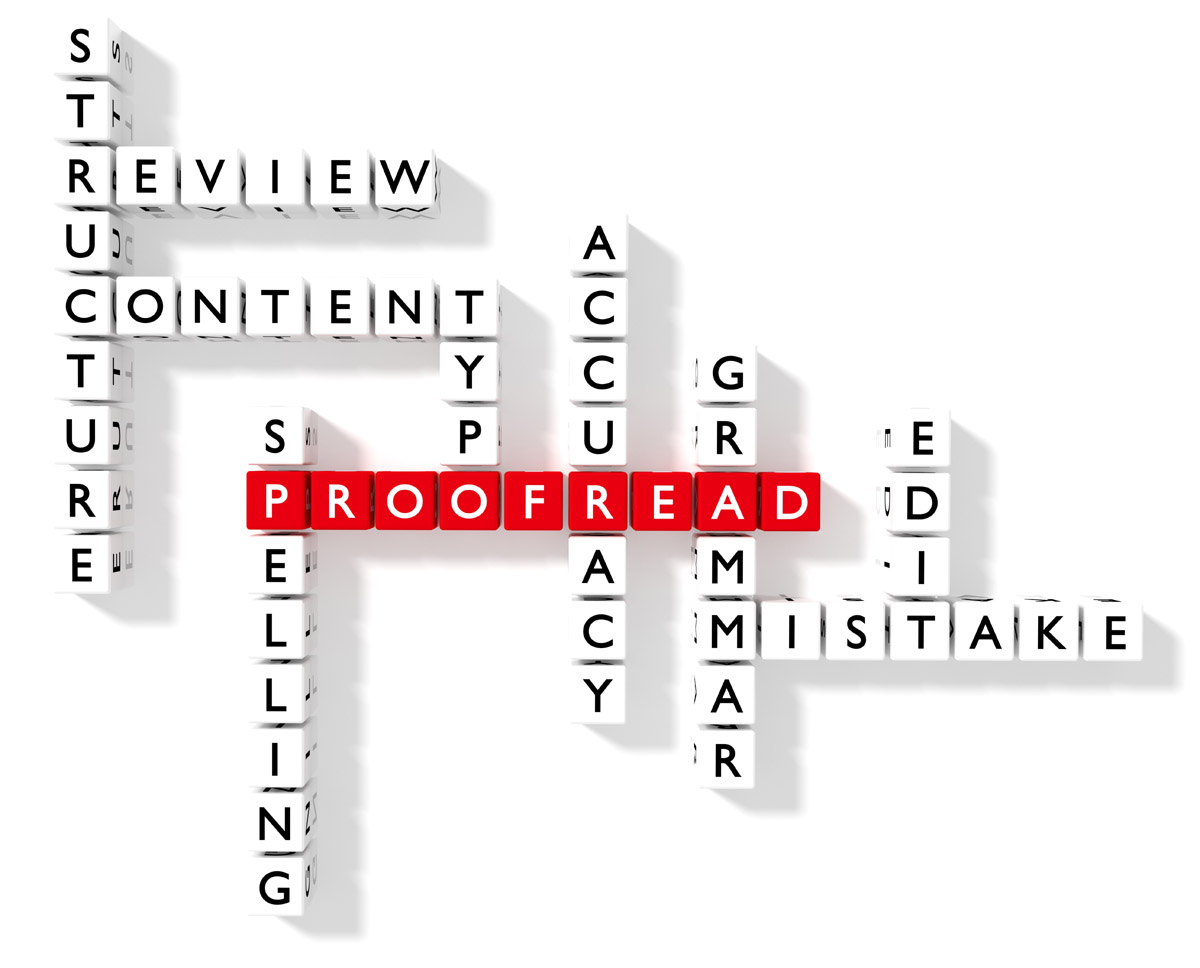Game Based eLearning: Know The Why Before You Begin

Quick! What was your favorite game as a child? Monopoly? Candyland? PacMan? SuperMario? How about your favorite game on your phone? While we’re thinking about your phone, how many game apps do you have? 5? 10?
What is it about games that keeps us playing them on our phones late into the night, or with an XBox that we need to drag our kids away for suppertime? There are a variety of things. Let’s unpack those, then think about how we can leverage some of that in our eLearning.
The Gaming Appeal
Researchers differ in the reasons people play games but all agree that motivation and motivators are key, and different things appeal to different people. Achievement, social aspects of community and the immersive aspects of the narrative top the list. Think about why you play that game for hours on your phone. Do you prefer solo games or games you play with others, whether known or unknown? Think also how often you fail to complete the puzzle or task, but return to it, looking to level up to get the points or coins or hearts or whatever is measuring success. Gaming is familiar to our learners, and we can leverage it to help with learning.
GAMES vs GAMIFICATION
Gamification is the application of typical elements of game playing (e.g. point scoring, competition with others, rules of play) to other areas of activity, typically as an online marketing technique to encourage engagement with a product or service (Oxford Dictionary).
It is also used in education, and parenting, which aren’t mentioned in this definition. Gamification uses gaming elements to accomplish another goal.
Games are a form of play or sport, especially a competitive one played according to rules and decided by skill, strength, or luck. (Oxford Dictionary)
A game stands alone and is a complete entity on its own. Think board games, football, Candy Crush. (Many online games introduce ads, which is a revenue source for the game developer, but they still stand on their own for the most part.)

Winning!
For games that involve others, there’s often a sense of competition. You want to beat your opponent. Some games involve skill, others chance, but we are motivated to gain more points (think card games), get around the board to the finish line (think board games), beat the other team (think soccer) or complete the puzzle to move to the next level (think Candy Crush).
How do we incorporate WINNING into eLearning?
Winning can be incorporated through collecting points to beat others on a team or beating the clock in independent games, or scoring enough points to level up and graduate.. Learners get points by completing challenges or answering questions. When it is a game involving others, incorporating a leaderboard helps people see their standings. Mindmarker, a commercially available tool does an excellent job of this using spaced repetition of review questions on a mobile app.
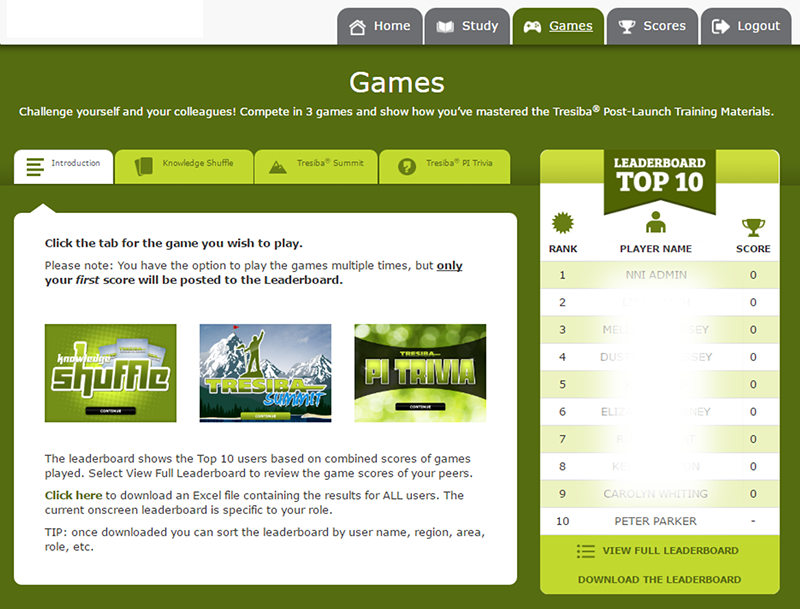
Flippity, a free EdTech tool created for teachers provides shells of games that are driven by Google Sheets. (Be sure you don’t have firewall issues in your company if you plan to use this). You can create matching games, a board game, card games, bingo and puzzles intended for online play. If you are a serious bingo player, check out Bingo Baker which generates random cards and call tags with your facts and lets learners mark things on the cards online. Jeopardy is a good standby for review questions. The Game Agency has prebuilt animated templates you can purchase, and there are many PowerPoint versions freely available online.
A scavenger hunt is another way to involve winning. Consider a scavenger hunt for new hire orientation, where learners travel the company intranet for answers and receive a prize upon completion. You can break them into teams for collaborative work and a heightened sense of competition. You could also use this as a webquest to search for different types of content rather than presenting everything to them. You can send different groups to find different things, then have them present what they have learned to the class. We learn best when we teach something. This is a great way to provide an overview of a lot of products. To provide an assessment, have the presenting group create two multiple choice questions, then toss all those questions into a quiz for the class.
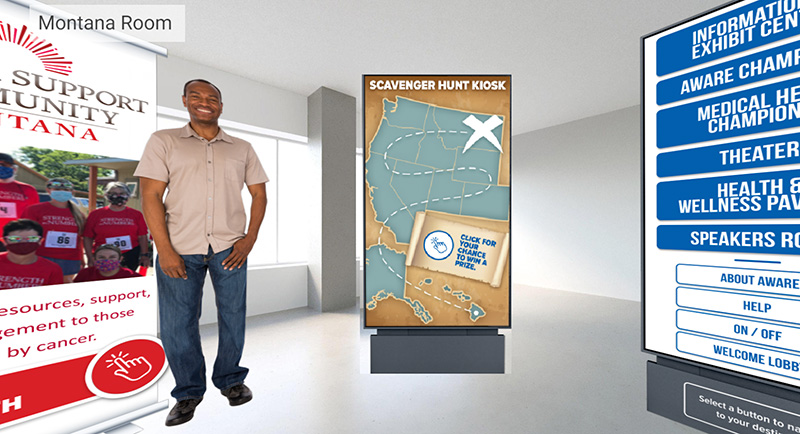
A Sense of Story
In many video games, the player is immersed into a different world. We may be defeating the zombies, racing on a treacherous pathway in a speed machine, or exploring a mythical world completing tasks and collecting power-ups of some sort. There is a sense of achievement as we master challenges, and that releases chemicals in the brain that keep us going.
How can we incorporate story into our online learning? Some skills work really well when they are contextualized into a story. Cyber security training works especially well with a detective theme. Perhaps you’ve used scenario based learning in your elearning. Could you develop that into a full story and follow a character through a series of learning challenges? You can even let your learner choose their character to personalize the game a bit more, though that adds a bit of extra work for the developer. Think about letting your learner make mistakes along the way. Putting obstacles in their path that they have to figure out is much like the real world. The game should provide a challenge to the learner.
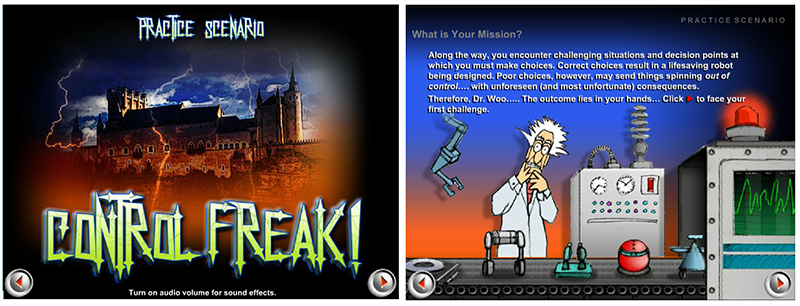
There are several great tools for generating character and story ideas if you want to pair your learning in a different setting. Brainstormer is an app for the iPhone that lets you spin wheels for characters, themes, settings, creatures and science fiction. Rory’s Story Cubes lets you roll dice and create a story from the images. There’s also an app for this. You can reverse engineer this and give the students the tools and have them craft a story with your content that they’ve learned if you are working with soft skills and some hard skills.
Puzzles
Puzzles provide a challenge and a sense of satisfaction upon completion. They often create hints and clues as the learner progresses, which helps move the learner toward completion. In a sense, they are self correcting, because things only work one way if they are designed well.
How do we incorporate puzzles into our learning? Puzzles are something that a learner can complete independently so they work well in online learning, Puzzlermaker.com has a nice variety available for free. Crossword Labs lets you cut and paste from your content as long as you configure one word/clue per line. If you want puzzles at the level of the New York Times, consider purchasing a copy of Crossword Compiler, which adds an additional layer of sophistication to your work. Even the drag and drop activities we have built into authoring tools like Storyline and Captivate are a type of puzzle. They add interaction and a sense of challenge to your course. One issue with puzzles is they tend to be limited to single word answers. That makes them useful for vocabulary review, but not great when things are more complex.
Word to the Wise
Now that you have a bag of tricks for adding gamification to your learning, it might be tempting to jump right in and add things to your content. BUT WAIT! STOP!! You need to ask two questions before rolling out gamification to your learners:
- Does your game support your goal? You need to make sure that your game supports the goal and objectives of your course. If you have a course where they learn 20 vocabulary words and apply them throughout the content, gamifying them to help recall might be a good idea, BUT if it’s a small component of the learning, and students generally don’t have trouble remembering them, you’ll spend a lot of time in development and activity for the learner with little payoff.
- Is your choice correct for your audience? You also want to ensure that the gamification element works for the group you are working with. Adding the story of Alice in Wonderland as the theme for an auto mechanics course is not a good fit. Do you need something that people will play alone or can you use something people will play together? Some elearning doesn’t have opportunities for competition since people will be taking it independently.
DOES THE FORM FIT THE FUNCTION?
Here’s an example of something I built that only kind of worked for the setting I was in. I’d built a game to teach instructional design methodology for a live workshop and needed to convert it to an online version. In the original game, I had VR experiences, people working in groups to complete tasks, and then running to the front with the answers to get the next task, which I handed out. That would be problematic online, so I retooled things for breakout rooms. Unfortunately, the weekend before the conference, the VR component broke and the open source vendor was no longer providing support, and I needed a workaround that could be created in a hurry. I rebuilt it as one of the board games in Flippity. The mechanics worked great, but I had a series of content I needed them to get through in a particular order. I had to rig the board to make that happen. I also could only let the group move as a single entity, rather than the normal competition of multiple players moving along the board to get to the finish line first. It worked, and they had fun, but this game shell design was really intended to have cards that could be randomized that anyone could answer. Getting the answer right would allow everyone to review the fact on the card. This was created for K12, so this would work great for state capitals, multiplication facts, but it wasn’t ideal for my purposes. Here’s the link if you’d like to try it out.
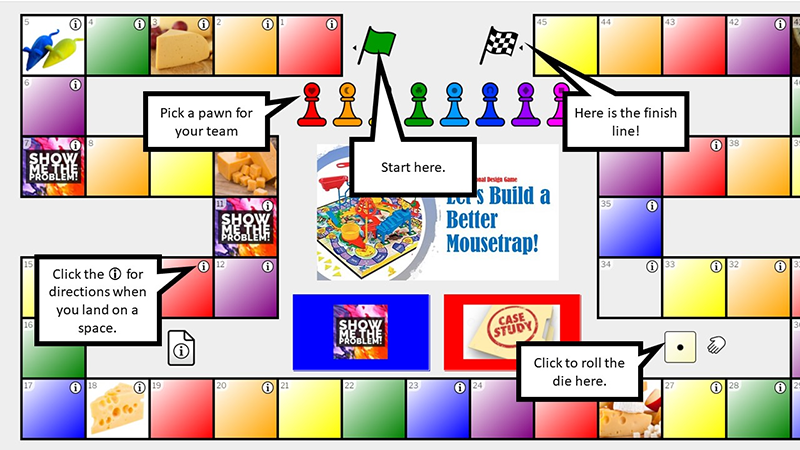
HAVE YOU PLAY-TESTED YOUR GAME?
The second piece of advice is to play-test your game with people who are unfamiliar with your content, similar to your learners. Play-testing helps you uncover the hiccups and clarify directions people might not understand.
Want to Learn More?
If gamification intrigues you, you’ll find lots of books and online courses about it. The best training I’ve found is from Sententia Gamification since it offers theory and practice at three levels. Tell them we sent you. It’s always good to know the right people.
Sentential offers the Game Garage, a free meet up every Friday night at 6PM EST where game designers gather to share ideas and demonstrate successes. It’s a fun way to end the week.
And OF COURSE…
If you want to gamify your learning and need some help doing so, Illumina Interactive can help build things for you. Just ask!
Jean Marrapodi, PhD, CPTD is a Certified Gamification Master Craftsman and believes all learning should be fun, whether it’s gamified or not. She is a thought leader in the online learning industry and consultant to Illumina Interactive. In March of 2016, Jean was honored by the eLearning Guild as the recipient of the Guild Master Award in recognition of her outstanding contributions to the eLearning Guild and the Learning Technologies industry.


